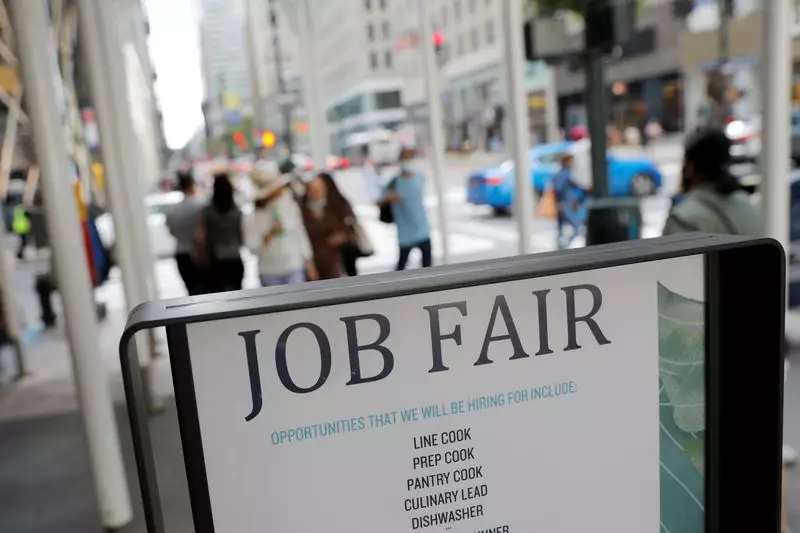The recent increase in first-time applications for U.S. unemployment benefits and the rise in the number of people on jobless rolls towards the end of June have pointed towards a gradual cooling in the labor market. This ebbing labor market momentum, coupled with abating inflation pressures, has put the Federal Reserve on track to potentially start cutting interest rates this year. The labor market, as described by Gus Faucher, the chief economist at PNC Financial, is still historically strong but not as robust as it was in previous years.
According to the Labor Department, initial claims for state unemployment benefits rose by 4,000 to a seasonally adjusted 238,000 for the week ended June 29. This number was slightly higher than the forecasted 235,000 claims by economists. Unadjusted claims also saw an increase, rising by 13,049 to a total of 238,149. Some states saw notable increases in unemployment benefit applications, such as New York, California, New Jersey, Georgia, Illinois, Iowa, Kentucky, and Michigan.
Claims for unemployment benefits have moved towards the upper end of their range for this year, potentially due to a rise in layoffs caused by higher interest rates dampening demand. Volatility in the labor market is expected to persist, especially after the July 4 holiday. The timing of summer idle periods for auto manufacturers could also contribute to this uncertainty in the labor market.
The number of people receiving benefits after an initial week of aid, which serves as a proxy for hiring, rose by 26,000 to a seasonally adjusted 1.858 million during the week ending June 22. This is the highest level recorded since late November 2021. The increase in continuing claims data may have been influenced by a policy change in Minnesota that allowed non-teaching educational staff to file for unemployment benefits during the summer break.
A report from global outplacement firm Challenger, Gray & Christmas showed that U.S.-based employers announced 48,786 job cuts in June, which was a 23.6% decrease from May. However, planned layoffs were still 19.8% higher compared to June of the previous year. Despite these fluctuations, the unemployment rate is forecasted to remain unchanged at 4.0%.
The recent increase in first-time applications for U.S. unemployment benefits, coupled with the rise in continuing claims and job cuts, indicate a cooling in the labor market. The Federal Reserve is closely monitoring these developments while considering potential interest rate cuts to address the changing economic landscape. It is crucial for policymakers to analyze the data carefully before making any decisions regarding the labor market and the overall economy.

